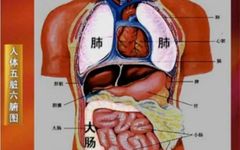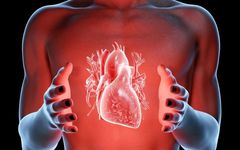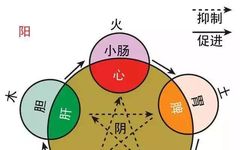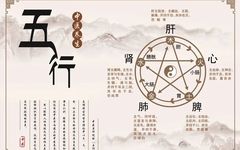The Relationship Between the Five Zang Organs and Six Fu Organs
Huang Yuanyu’s Diagram of Qi Mechanism Ascending and Descending The Relationship Between the Five Zang Organs and Six Fu Organs “Zang” refers to solid organs, including the heart (xin), liver (gan), spleen (pi), lungs (fei), and kidneys (shen). “Fu” refers to hollow organs, including the small intestine (xiao chang), gallbladder (dan), stomach (wei), large intestine … Read more




